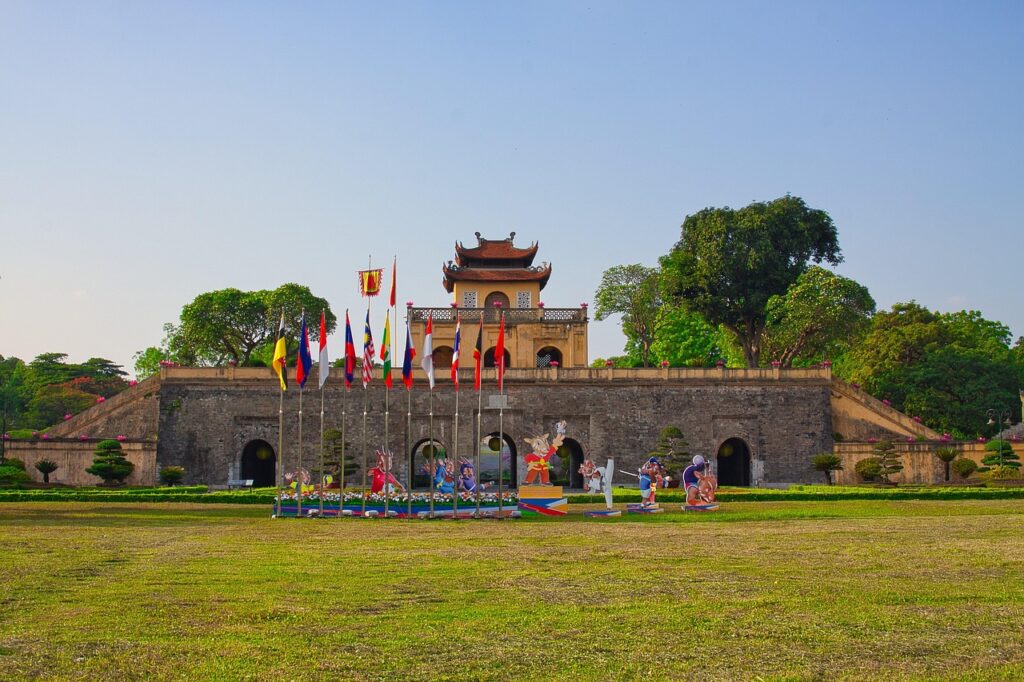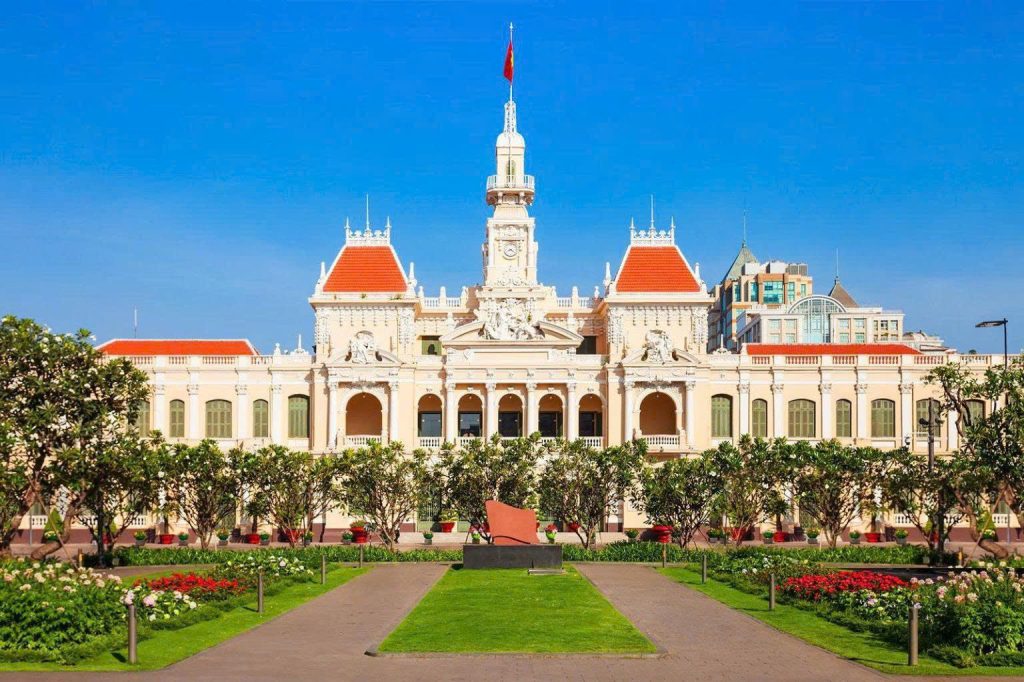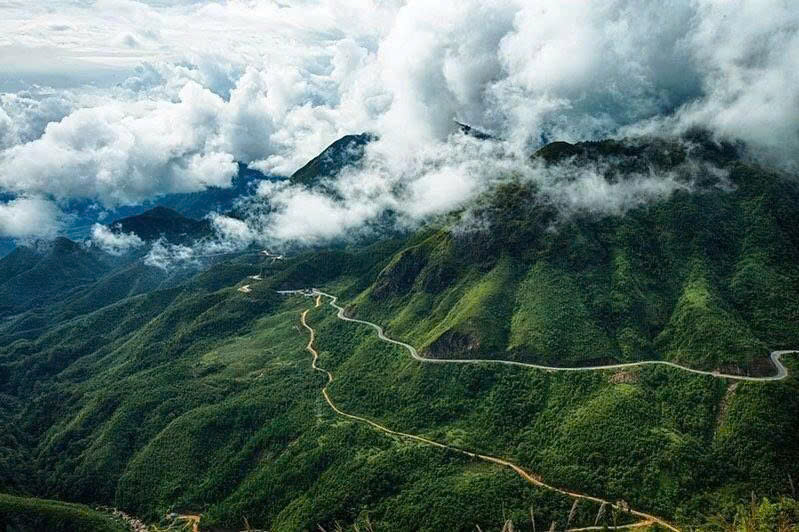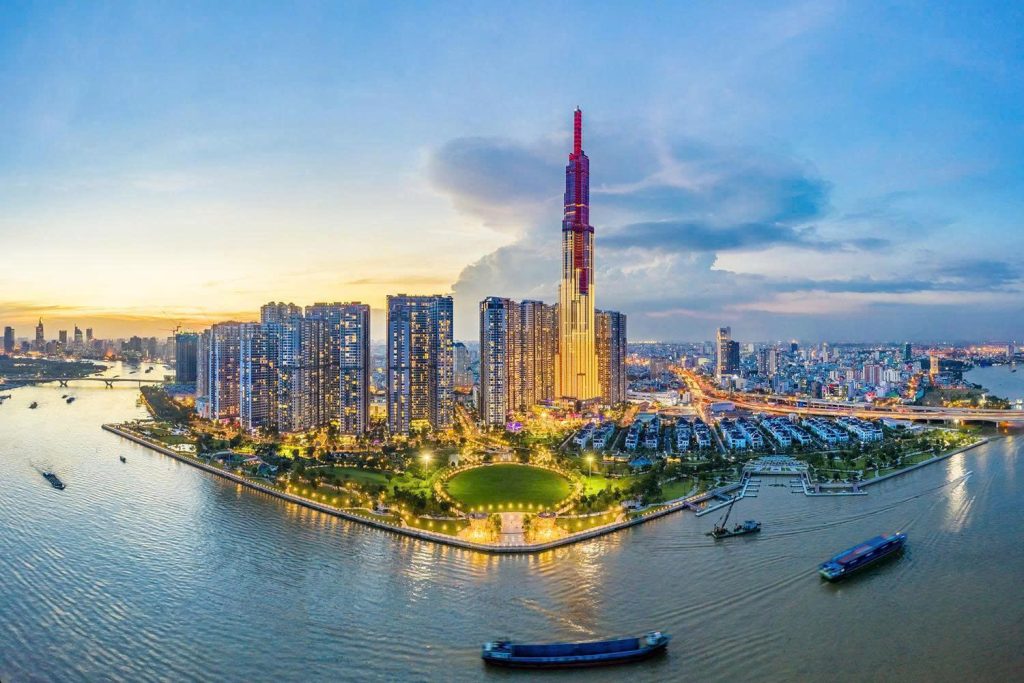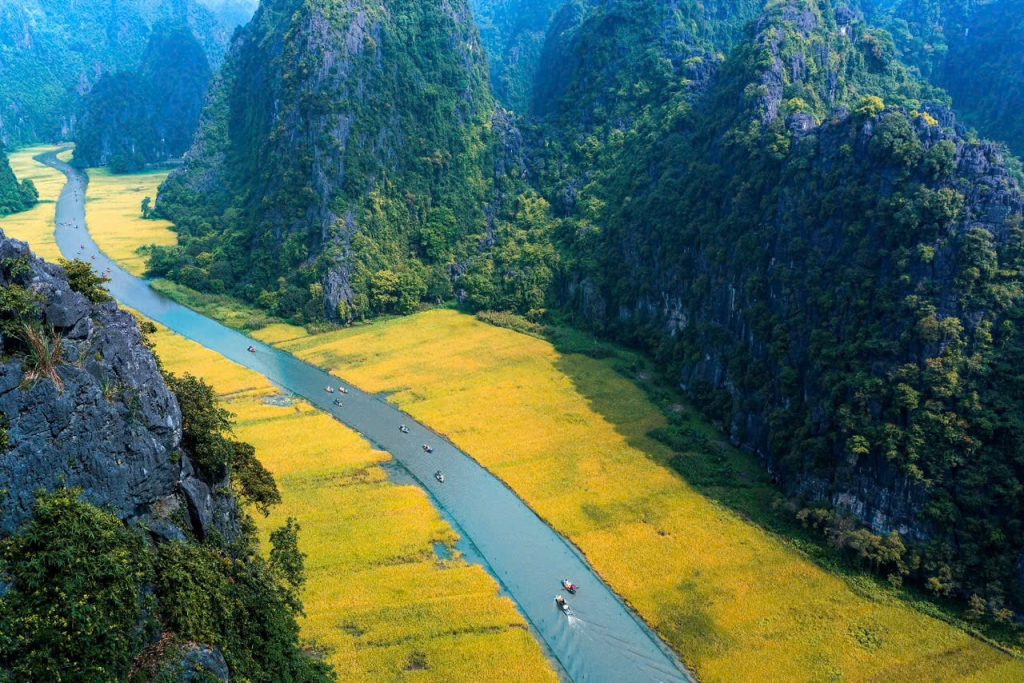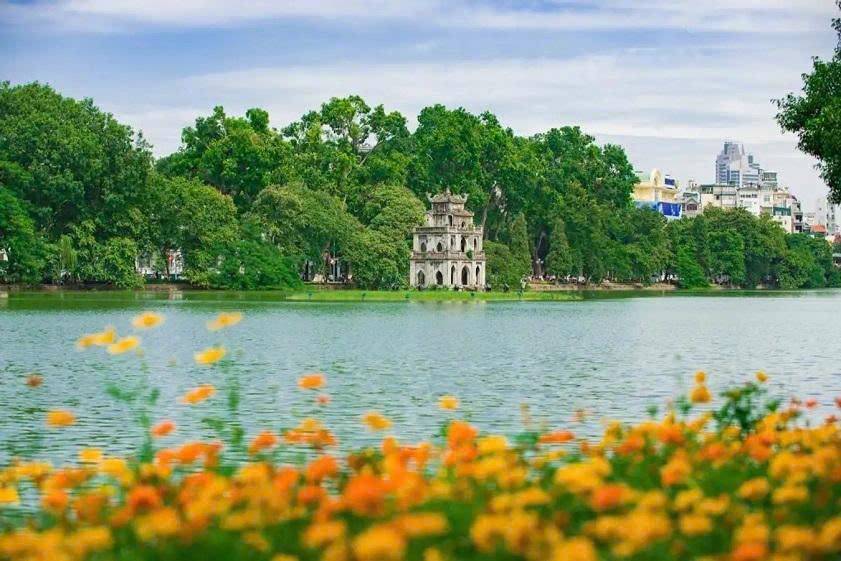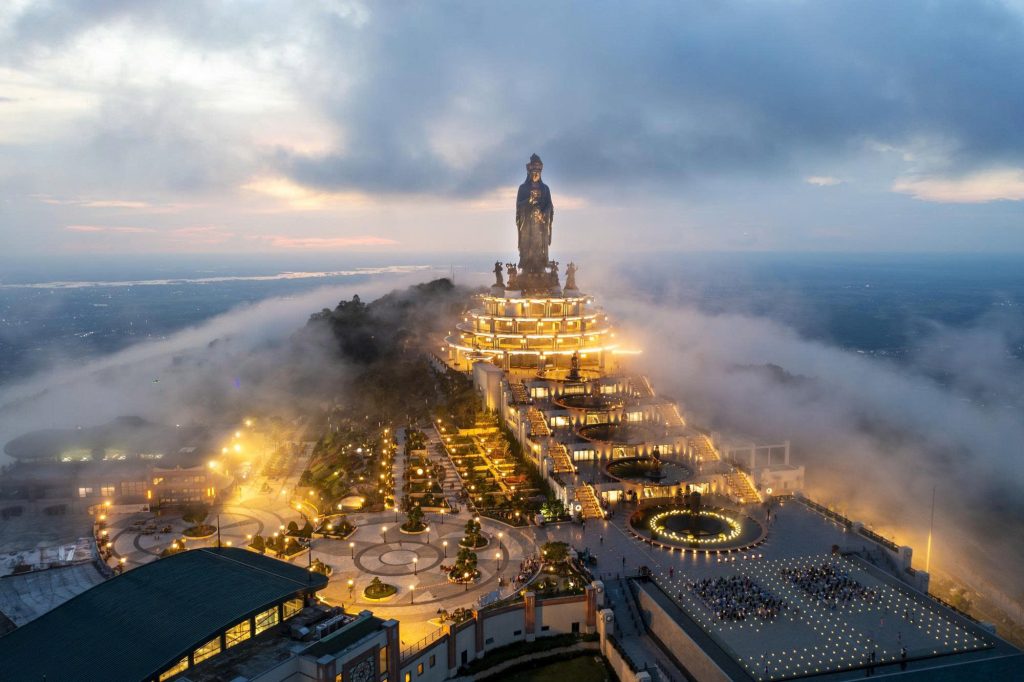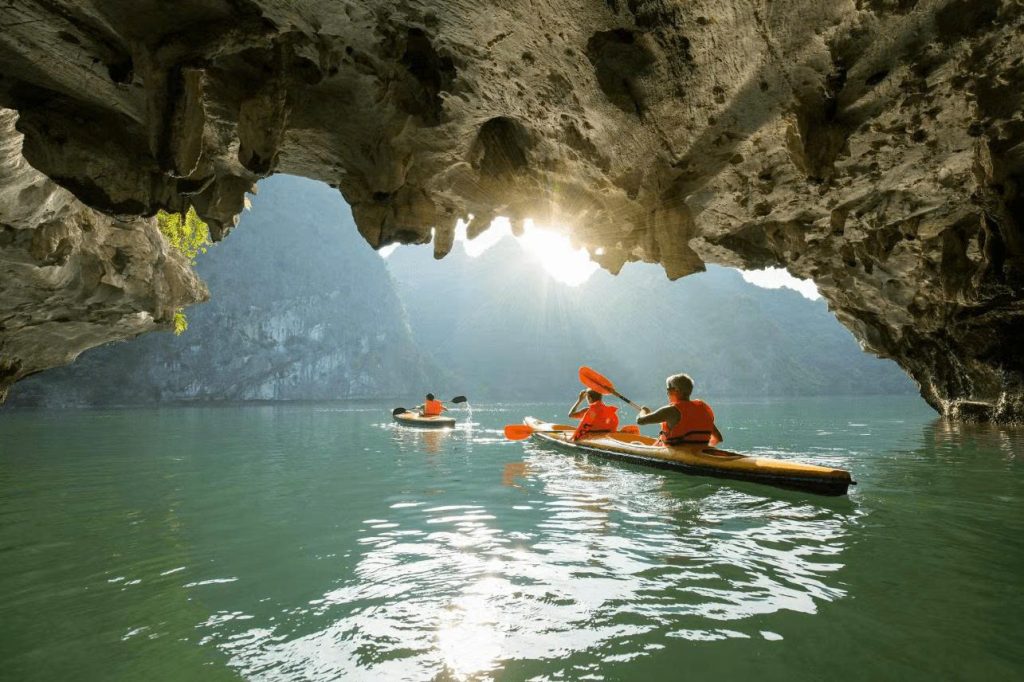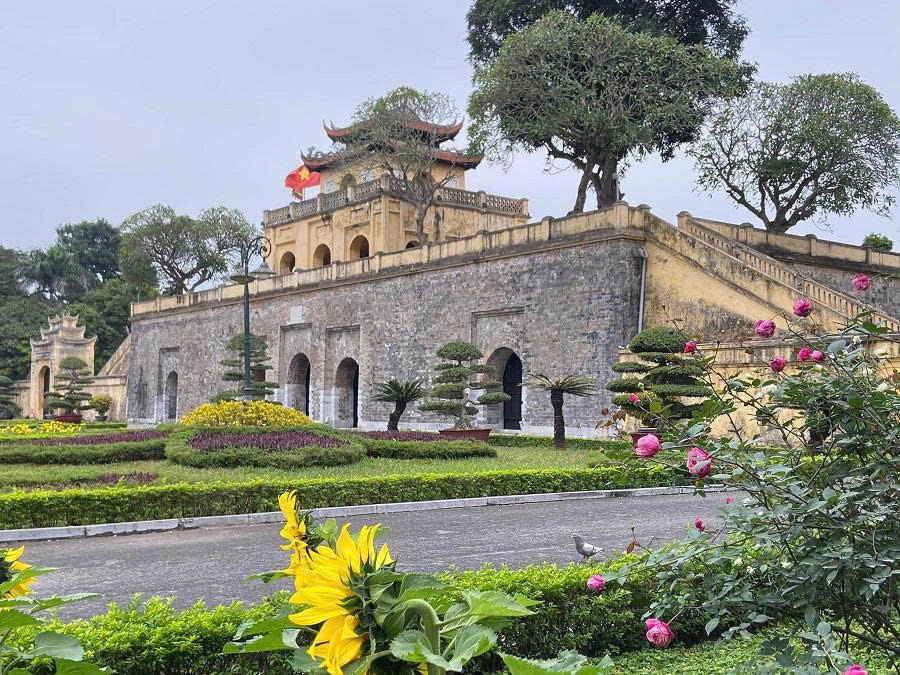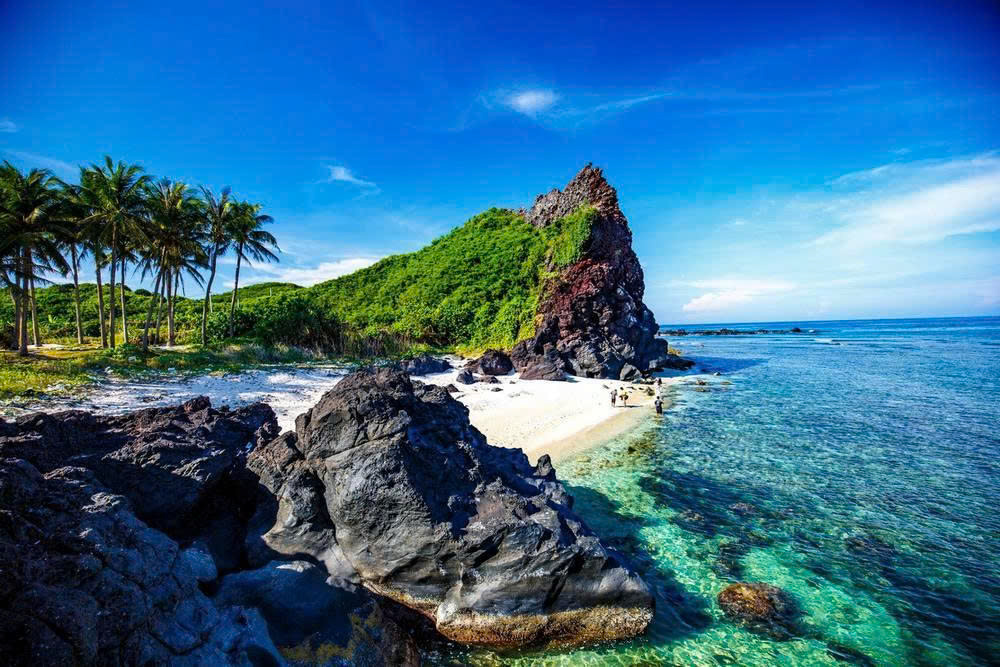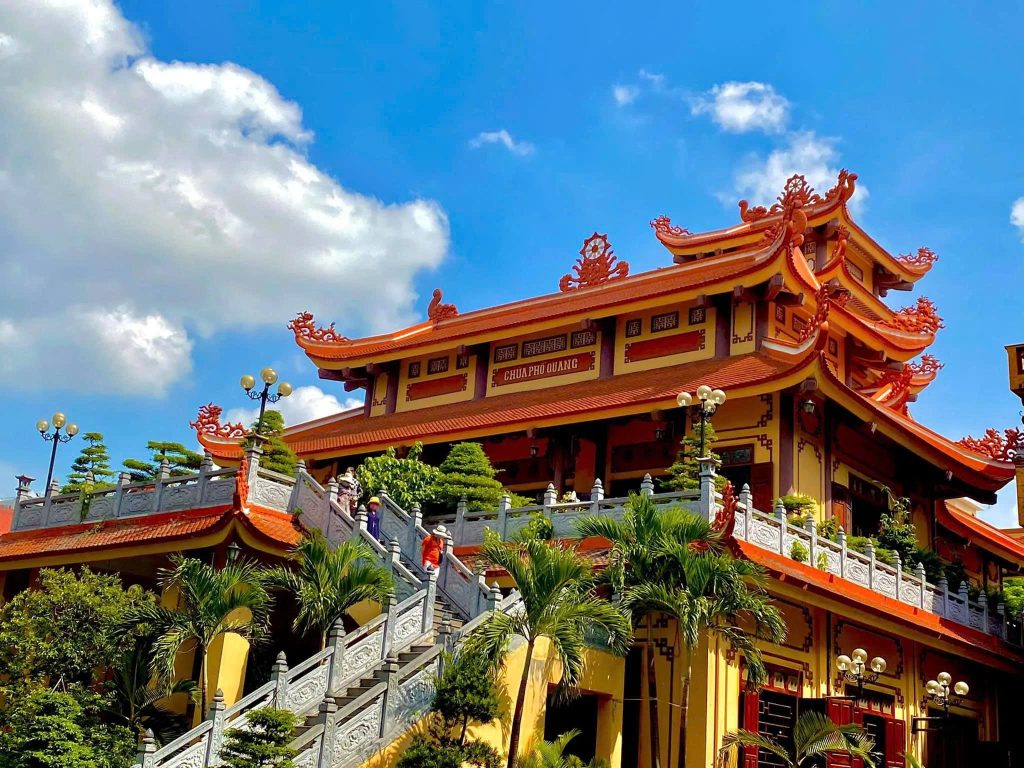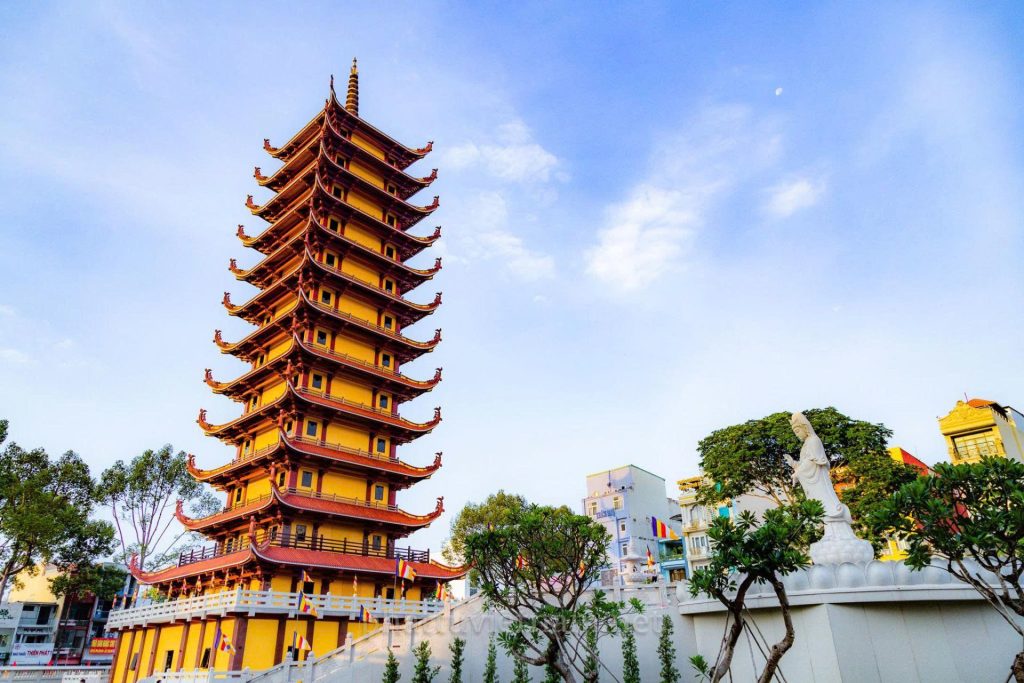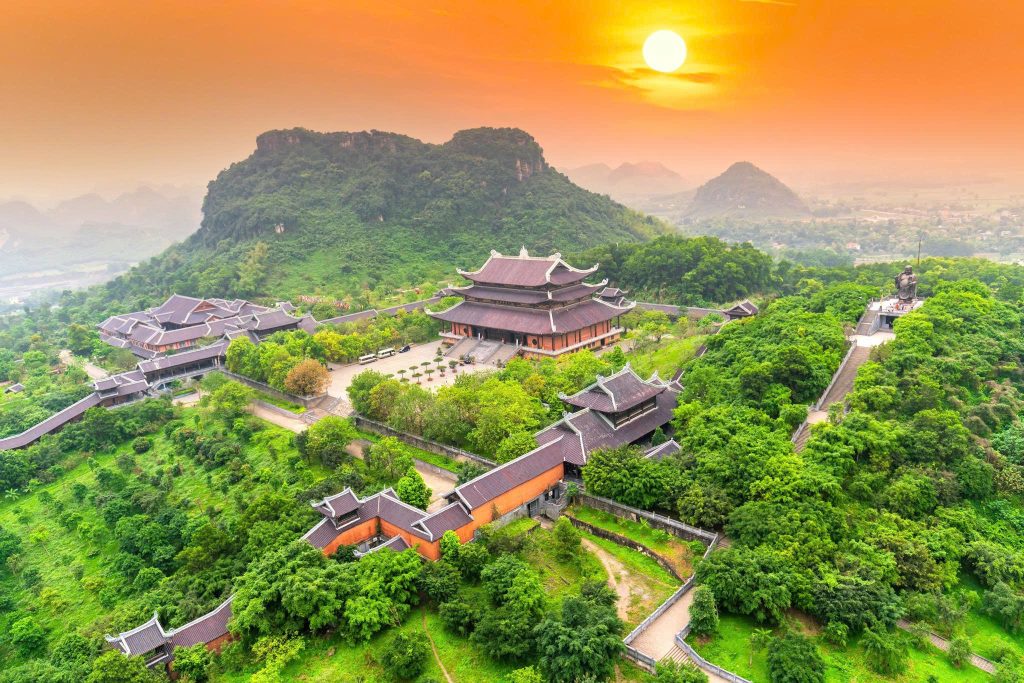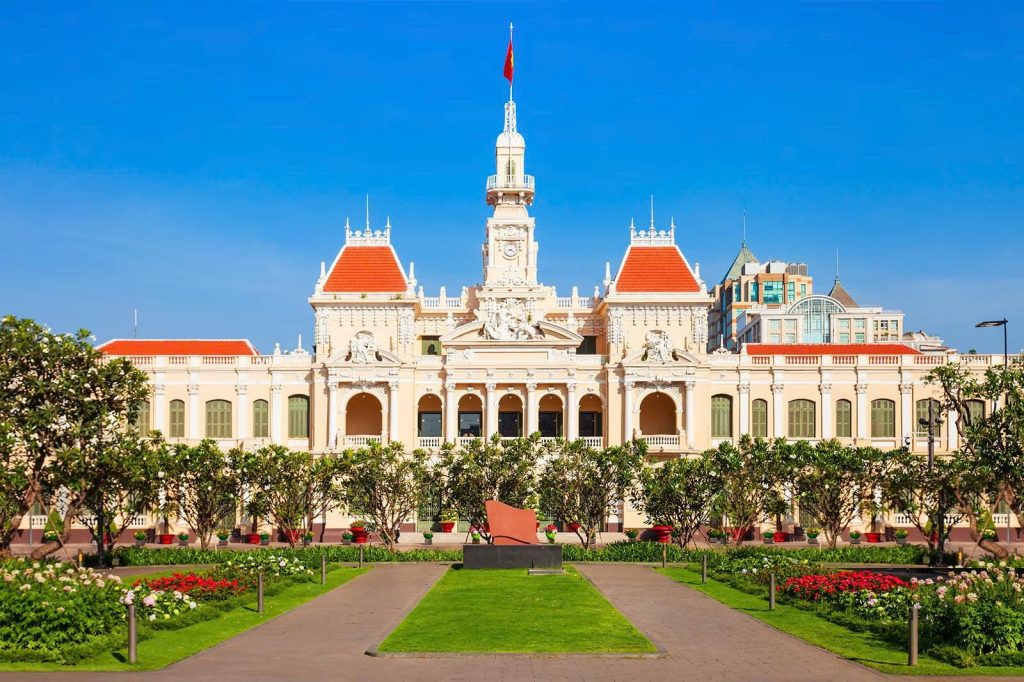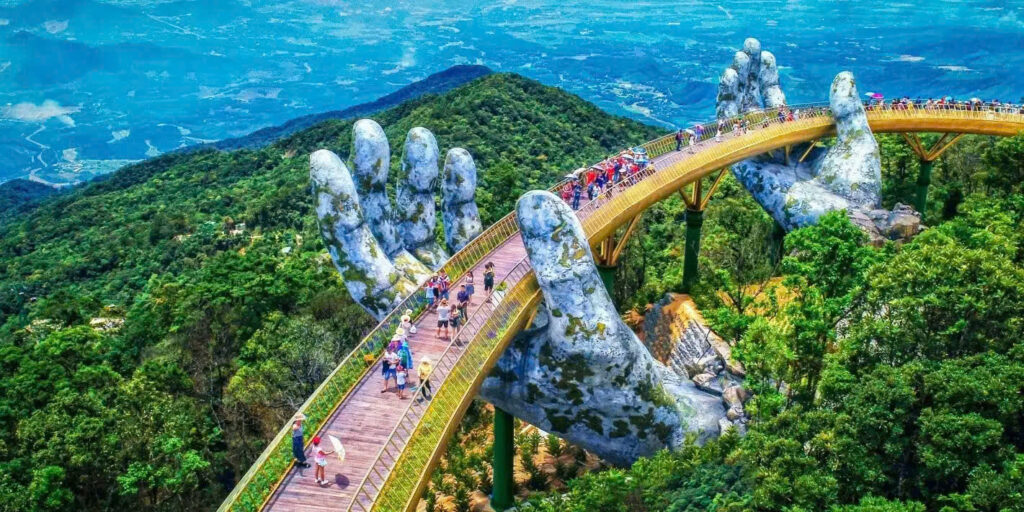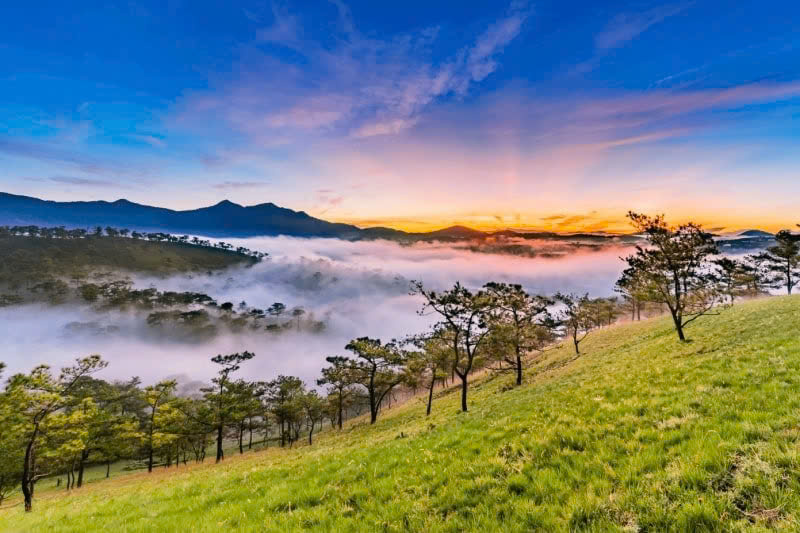Vietnam is a country with a rich and complex history, reflected in its stunning array of historical sites. From ancient empires to modern conflicts, these landmarks offer a powerful look into the nation’s past. If you’re planning a trip, here are some of the most essential historical places to visit, categorized to help you plan your itinerary.
Historical Sites in Northern Vietnam
Northern Vietnam is the cradle of Vietnamese civilization, home to ancient capitals and significant political landmarks.
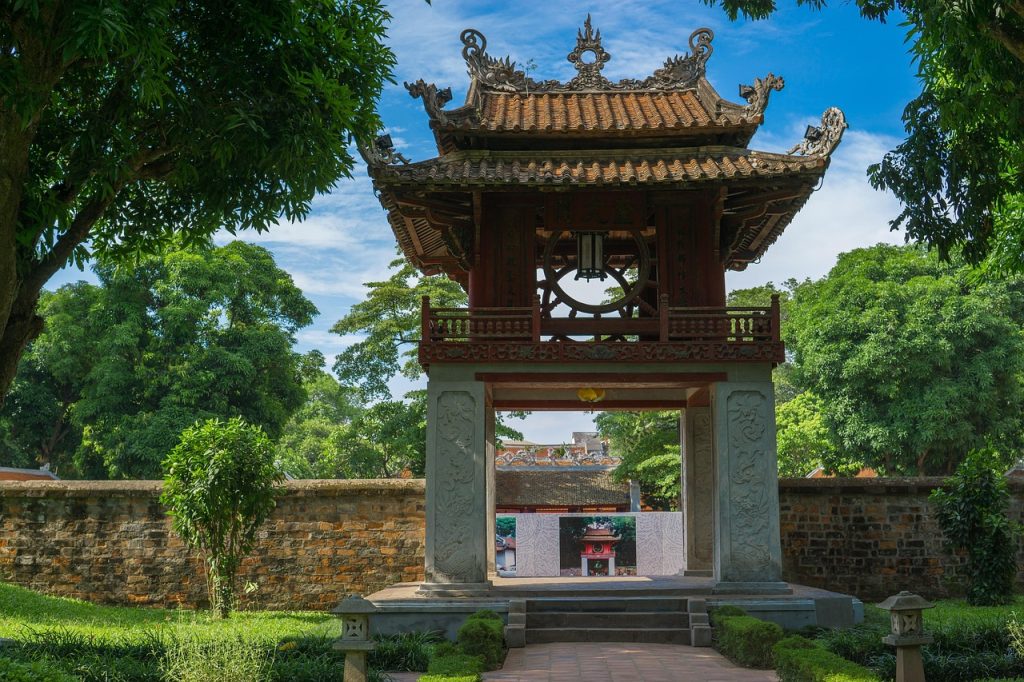
- Imperial Citadel of Thang Long: Located in Hanoi, this UNESCO World Heritage Site served as the political center for over 1,000 years, spanning various dynasties. The site showcases layers of history, from the Lý and Trần dynasties to later periods.
- Temple of Literature: Also in Hanoi, this is Vietnam’s first national university. Established in 1070, it’s a beautifully preserved temple of learning dedicated to Confucius and scholars.
- Hoa Lo Prison: Known as the “Hanoi Hilton” by American POWs, this museum provides a sobering look at Vietnam’s history under French colonial rule and during the Vietnam War.
Historical Places in Central Vietnam
Central Vietnam is the heartland of the Nguyễn Dynasty, a region famous for its imperial cities and ancient trading ports.

- Hoi An Ancient Town: A UNESCO World Heritage Site, this former trading port is a time capsule of architecture from the 15th to 19th centuries. Its well-preserved buildings and iconic Japanese Covered Bridge tell a story of cultural exchange.
- Complex of Hue Monuments: The former imperial capital of the Nguyễn Dynasty, Hue is a massive complex that includes the Forbidden Purple City, imperial tombs, and pagodas. It offers deep insight into Vietnam’s last royal dynasty.
- My Son Sanctuary: Another UNESCO World Heritage Site, this collection of Hindu temples in Quảng Nam province represents the heart of the ancient Champa kingdom. The ruins are a testament to the sophisticated architecture of the Cham people.
Historical and Cultural Destinations in Southern Vietnam
The South played a critical role in the Vietnam War, and its historical sites are a powerful reminder of that conflict.
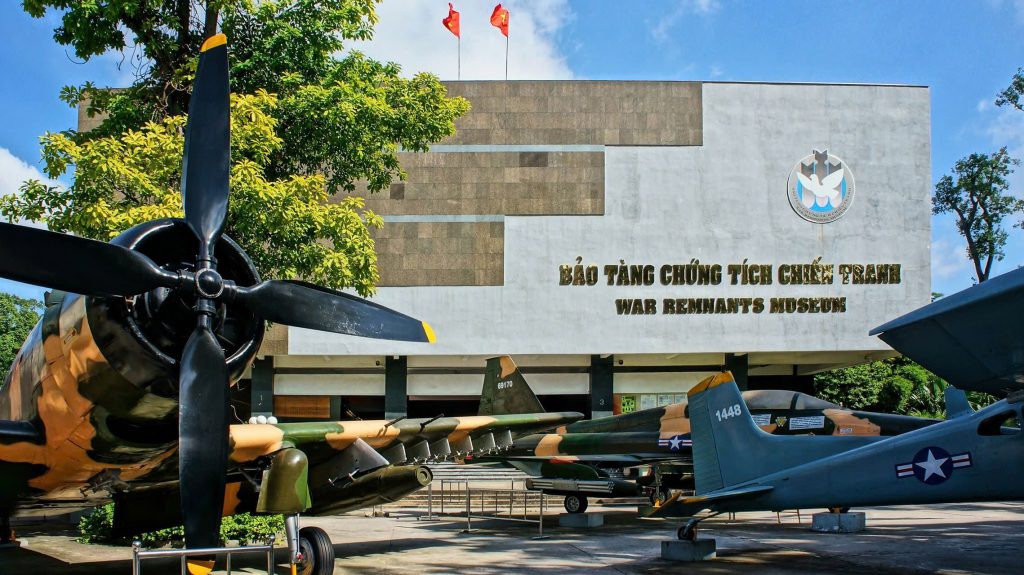
- War Remnants Museum: Situated in Ho Chi Minh City (formerly Saigon), this museum vividly documents the brutal realities of the Vietnam War. It is one of the most visited museums in the country and an essential stop for understanding the conflict from the Vietnamese perspective.
- Cu Chi Tunnels: An immense network of underground tunnels used by the Viet Cong soldiers during the war. A visit here provides a chilling and educational look at guerrilla warfare tactics and the living conditions of the soldiers.
- Independence Palace (Reunification Palace): This landmark in Ho Chi Minh City is famous for being the site where a tank from the North Vietnamese Army crashed through its gates in 1975, ending the war. The building’s interior has been preserved as it was on that day.
RELATED: Vietnam War History Tour in Ho Chi Minh City: The Ultimate Guide
Tips for Your Historical Trip
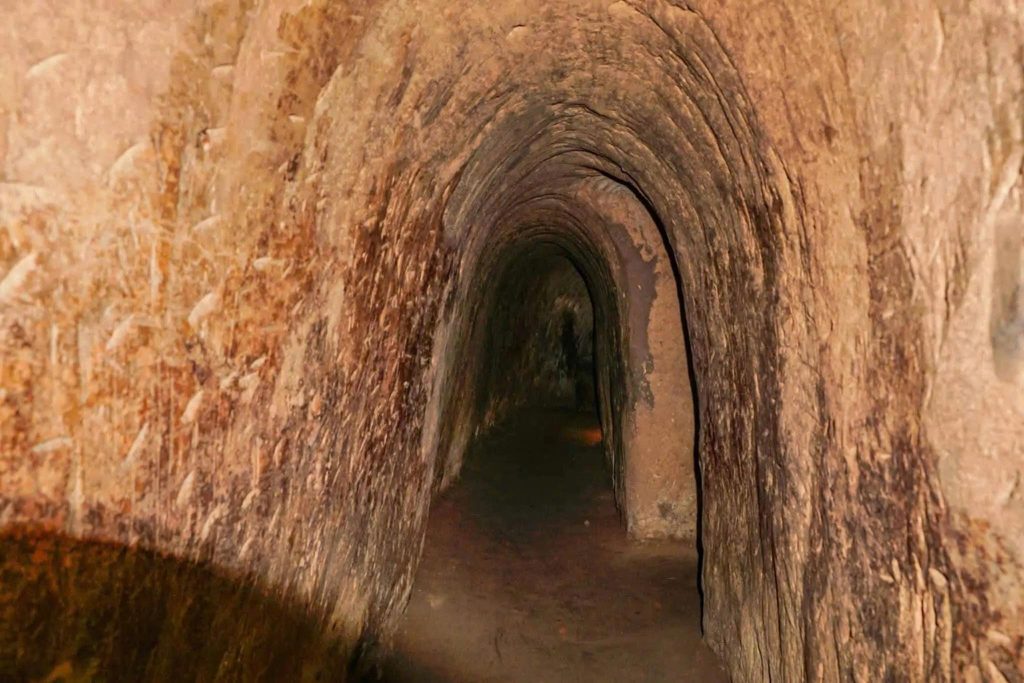
To make the most of your journey, consider these travel tips:
- Hire a Guide: For a deeper understanding, consider hiring a local guide who can provide historical context and personal stories that bring these sites to life.
- Respectful Attire: When visiting temples or mausoleums like the Temple of Literature, wear respectful clothing that covers your shoulders and knees.
- Combine Itineraries: Many of these sites can be easily combined with other activities. For example, you can visit the Hue Monuments and take a boat trip on the Perfume River, or explore the Cu Chi Tunnels as a day trip from Ho Chi Minh City.
RELATED: Best Time to Visit Vietnam 2025: Weather by Month & Travel Tips
Visiting these top historical sites is much more than just a sightseeing tour; it’s a profound journey through Vietnam’s past. From the ancient citadels of the North to the poignant war museums in the South, each landmark offers a unique perspective on the nation’s struggles and triumphs. By walking through these places, you’ll gain a deeper understanding of the Vietnamese people’s resilience and their incredible spirit. Your trip will be transformed from a simple vacation into an unforgettable and meaningful experience.

